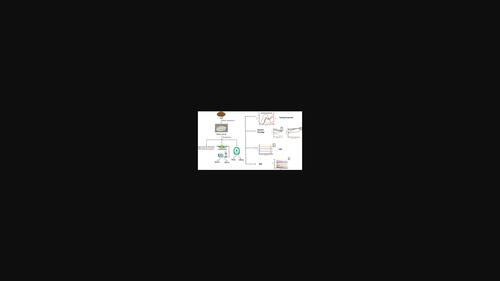Influence of Heat Moisture, Ultrasonication, and Gamma Irradiation on Pasting, Thermal, Morphological, and Physicochemical Properties of Indian Teff (Eragrostis tef) Starch
引用次数: 0
Abstract
The present work is conducted to study the effect of heat-moisture treatment (HMT), ultrasonication (US), and gamma-irradiation (GI) on various properties of teff starch. Starch is subjected to HMT at 28% moisture level, US at a frequency of 20 kHz for 30 and 60 min, and GI at 5 and 10 kGy. US has an increased swelling power (8.22–9.39 g g−1) and solubility (9.5–10.5%). Water binding and Oil binding capacity are improved in modified starches than native. The highest amylose content (24.94–25.24%) is observed in US than native (20.82%). Thermal characteristics show an increment in the modified teff starches with enthalpies varied from 2.30 to 3.81 J g−1. Significant differences in starch gel textural properties are identified. Similar outcomes for native and modified findings are seen in Fourier transform infrared spectroscopy spectra. X-ray diffraction shows a similar X-ray pattern with crystallinity decreases for HMT (28.07%) and gamma irradiated starches (30.21%) and increases for ultrasonicated samples (32.23%). The morphological changes in teff starch are observed after physical modification. All in all, significant improvements have been reported in modified teff starch, which not only increases its industrial application but also improves the utilization of teff grain globally.

热水分、超声波和伽马辐照对印度特夫(Eragrostis tef)淀粉的糊化、热、形态和理化特性的影响
本研究旨在探讨热水分处理(HMT)、超声波处理(US)和伽马射线照射(GI)对茶淀粉各种特性的影响。淀粉在 28% 的水分水平下进行热水分处理,在 20 kHz 频率下进行 30 和 60 分钟的超声波处理,以及在 5 和 10 kGy 的伽马射线照射下进行伽马射线照射。US 提高了膨胀力(8.22-9.39 g g-1)和溶解度(9.5-10.5%)。与原生淀粉相比,改性淀粉的水结合力和油结合力都有所提高。与原生淀粉(20.82%)相比,美国改性淀粉的直链淀粉含量最高(24.94-25.24%)。热特性显示,改性茶籽淀粉的热焓从 2.30 到 3.81 J g-1 不等。淀粉凝胶纹理特性存在显著差异。傅立叶变换红外光谱图显示,原生淀粉和改性淀粉的结果相似。X 射线衍射显示了类似的 X 射线模式,HMT(28.07%)和伽马辐照淀粉(30.21%)的结晶度下降,而超声处理样品(32.23%)的结晶度上升。经过物理改性后,可以观察到茶淀粉的形态发生了变化。总之,改性后的茶褐藻淀粉有了明显改善,不仅增加了其工业应用,还提高了全球对茶褐藻谷物的利用率。
本文章由计算机程序翻译,如有差异,请以英文原文为准。
求助全文
约1分钟内获得全文
求助全文

 求助内容:
求助内容: 应助结果提醒方式:
应助结果提醒方式:


